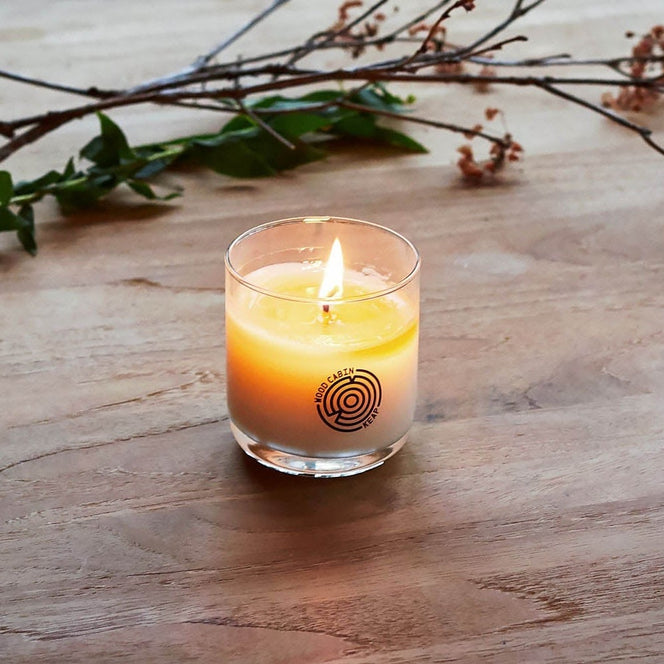Each month the owners of Keap reflect on the theme of our Ignite Story, and consider what the topics mean for us as individuals, and as business owners.
This December we've been thinking about traditions, and considering some of the perennial questions we get asked about our business. One of these is, "Why do high quality candles cost so much?"
A simple enough question, yet the answer reveals a deeper truth lying under the surface of nearly every product we buy.

Let’s take a simple view of business. You charge a certain price, and then have certain costs associated with delivering that product. As long as your revenues exceed your costs, you will stay in business.
So to reduce the price of a candle, you have to reduce the costs of what goes into the candle.
There are a variety of ways to reduce costs.
One is scale (think Costco!). For commodities, when you buy more from your vendors, costs tend to reduce (for rare or craft goods, the same rule generally doesn’t apply).
However the more common route to cutting costs in the modern business world is reducing the costs of materials and labor.
Digging a little deeper into this reveals a harsh truth about what low prices mean: pressure to reduce prices increases the pressure to treat workers, suppliers and the planet with the least possible care in pursuit of lower costs. The costs are shifted to those now being treated less fairly in the process.

In simple terms this is why we hear of shocking stories of how Amazon’s warehouse employees are treated, and of companies cutting down old-growth forests in pursuit of cheap soy fields. Low prices lead to minimum viable compliance, with little regard for a deeper code of ethics.
So back to expensive candles. In simple terms, higher prices reflect higher costs. This might mean higher wages for employees, creative fees for working with a master perfumer, or higher costs of the raw materials like the wax or scent.
All told these higher costs can be flipped on their head and viewed as an investment in doing business in a way that creates a more just society. One in which the price of a product reflects the true cost of producing a product in a sustainable and ethical manner.

This is a vastly simplistic view of the price / cost paradigm, yet its one worth remembering when we ask ourselves, “Why does this thing cost that much?”. It can quickly become a broader question of what sort or world we want to live in and the choices needed to support that.
Yours in pondering,




